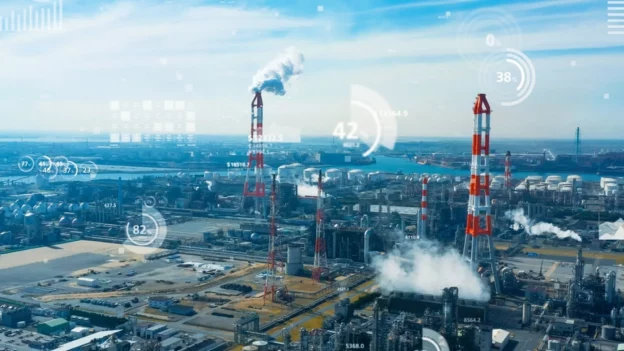The Net Zero Technology Center (NZTC) and the North Sea Transition Authority (NSTA) presented a roadmap for emissions measurement and monitoring. This document is a guide that provides energy professionals with detailed information on more than 45 emissions measurement technologies , from drones to satellites, in situ sensors and portable instruments. For each technology, the roadmap details its implementation method, sensor types, and frequency with which measurements are made.
Information on emissions measurement technologies
This resource is designed to be an essential information center for asset operators, facilitating the selection of appropriate technologies for the accurate measurement of emissions generated by energy production, combustion and venting. This effort is part of efforts to meet the NSTA’s temporary emissions reduction targets, which seek a 10% reduction by 2025 and 25% by 2027 . However, additional efforts are required to achieve the goal of halving production emissions by 2030, taking 2018 figures as a reference.
Doug Griffin, NSTA Measurement and Allocation Manager, emphasized the importance of this project in the UK’s overall strategy for the adoption of advanced technologies in emissions measurement. Griffin highlighted that the implementation of these technologies not only improves the quality of the data that NSTA uses to monitor progress, but also allows for the modeling of emissions from greenhouse gases in real time, helping operators manage and reduce their emissions more effectively.
For his part, Lewis Harper, who is project director of the NZTC, commented on the success of the call to integrate new technologies into the roadmap, which underwent a rigorous selection and validation process in collaboration with leading organizations such as IOGP and Carbon Limits. Harper highlighted that providing operators with access to current and emerging technologies makes it easier to choose the most appropriate solutions for effective management of their emissions and making strategic decisions based on accurate data.
Importance of measuring and monitoring emissions
The development and implementation of advanced technologies for measuring and monitoring emissions are crucial to comply with environmental regulations and also to foster innovation and competitiveness in the energy industry. This technological approach not only has a positive impact on the environment, but also promotes a more efficient and sustainable energy transition.
Follow us on social networks and don’t miss any of our publications!
Inspenet.com YouTube LinkedIn Facebook Instagram X
Source: ogv.energy
Photo: shutterstock

